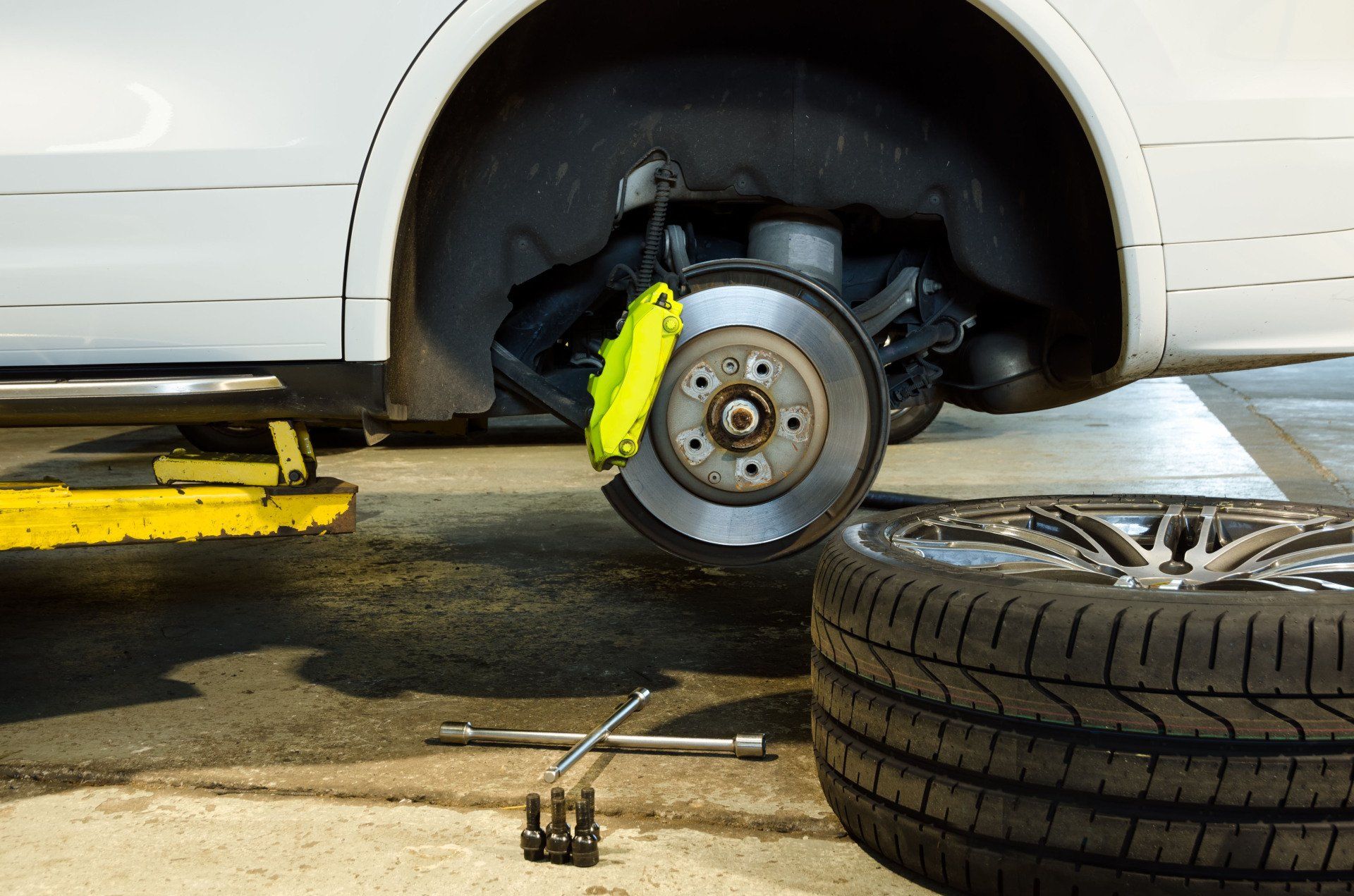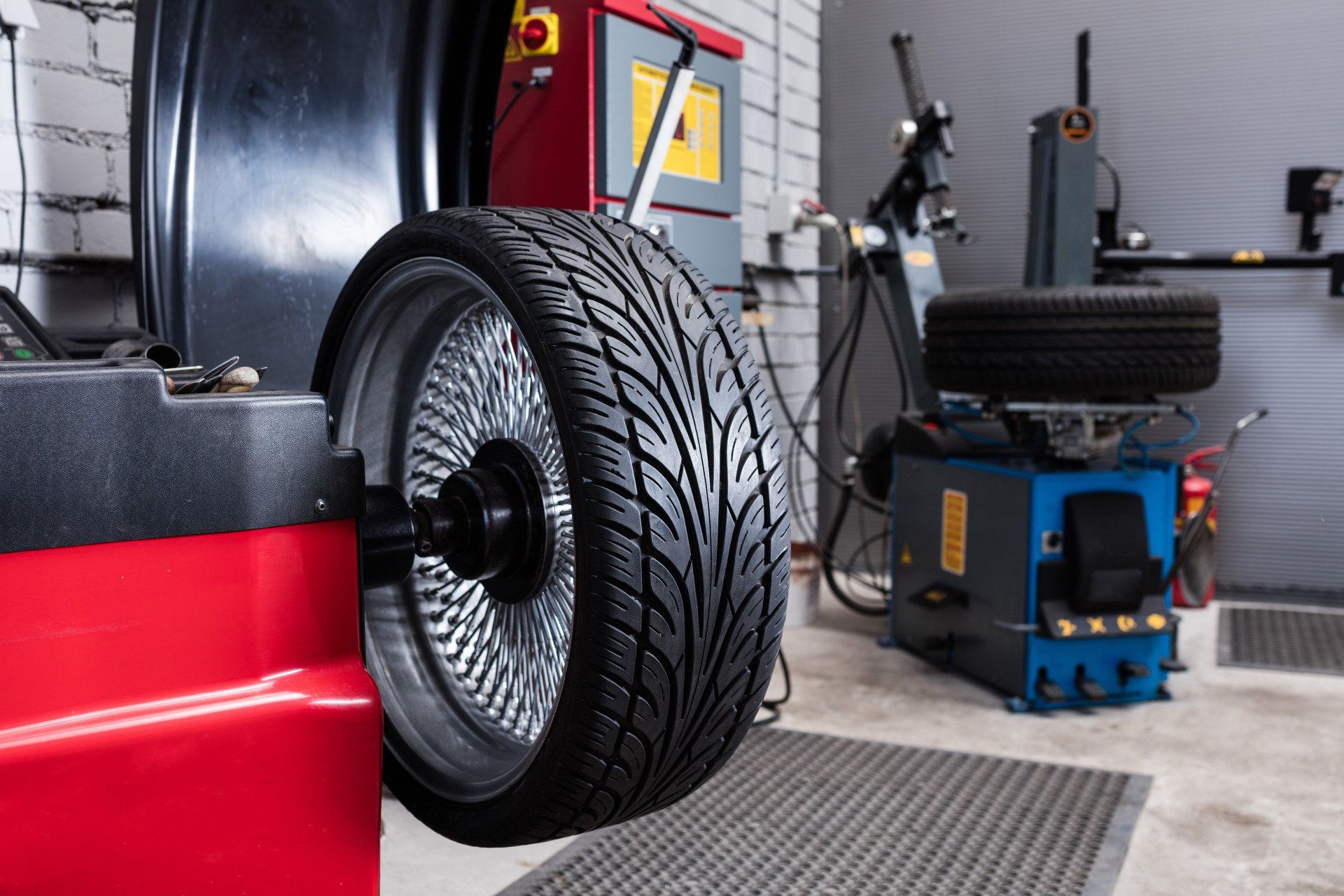3 Situations That Might Require New Tires
Tires are one of the most critical components of your vehicle, directly affecting safety, handling, and fuel efficiency. While regular maintenance can extend their lifespan, every tire eventually reaches a point where replacement is necessary. Whether you're commuting daily, embarking on long road trips, or driving on rough terrain, knowing when to visit tire shops for new tires can prevent unexpected breakdowns and keep you safe. Here are three key situations in which replacing your tires is the best course of action.
1. Recognizing Excessive Tread Wear
Your tires’ tread is essential for maintaining traction, especially in wet or slippery conditions. As the tread wears down, the risk of hydroplaning and losing control increases. A simple way to check tread depth is the penny test—insert a penny into the tread with Lincoln’s head facing down. If you can see the top of his head, your tread is too low, and it’s time for a replacement.
Another sign of excessive wear is uneven tread patterns. If some areas of the tire wear down faster than others, it may indicate alignment or suspension issues. Regular rotations can help, but once the tread is too worn, your best option is to visit tire shops for new tires that will restore grip and safety.
2. Identifying Sidewall Damage or Bulges
The sidewalls of your tires are just as important as the tread. They provide structural integrity, and any visible cracks, cuts, or bulges can indicate internal damage. Unlike minor tread wear or small punctures that can sometimes be repaired, sidewall damage is not fixable and poses a serious safety risk.
Bulges often occur due to impact damage, such as hitting a pothole or curb, and indicate that the inner layers of the tire have weakened. If left unaddressed, this can lead to a sudden blowout, putting you and others at risk. If you notice sidewall damage, don’t wait—seek out tire shops for professional inspection and replacement.
3. Understanding the Risks of Aging Tires
Even if your tires still have adequate tread, age can compromise their safety. According to NerdWallet, driving on tires older than 10 years is unsafe because rubber deteriorates over time. Exposure to heat, cold, and UV rays accelerates this process, making the rubber more brittle and prone to failure.
In our experience, most manufacturers recommend replacing tires every six to ten years, even if they look fine. We have found that an easy way to check your tire’s age is by locating the DOT number on the sidewall. The last four digits indicate the manufacturing date (e.g., “2318” means the tire was made in the 23rd week of 2018). If your tires are approaching or past the 10-year mark, it’s time to replace them to ensure your safety.
If you’re experiencing any of these issues, don’t wait until it’s too late. Visit Tires & Mohr, your trusted local tire shop, for expert advice and high-quality replacements. Our team will help you find the right tires for your vehicle, ensuring a smooth, safe ride. Stop by today or schedule an appointment to get back on the road with confidence!





Share On: